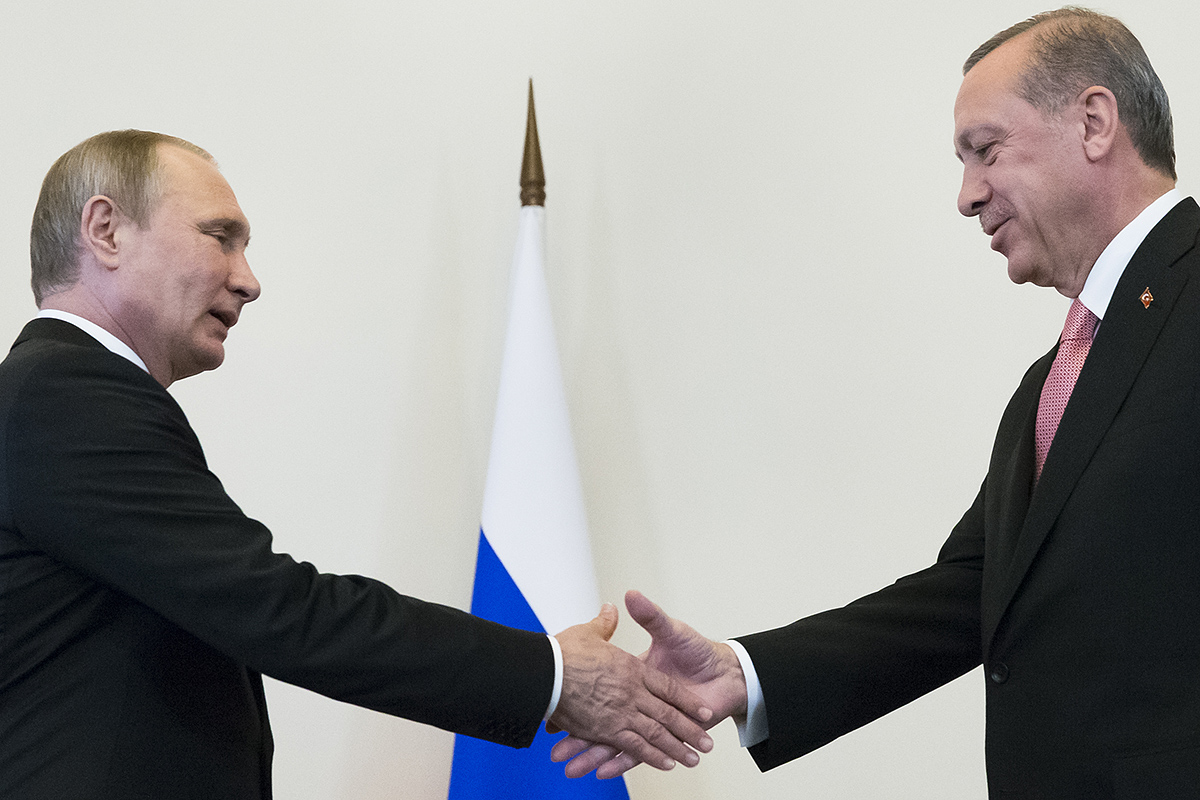Syrian fixed-wing tactical jets have begun appearing in northwest Syria, a place where the Assad regime has little control and where hundreds of US special operations forces are “advising” and “training” Syrian Democratic Forces. This allied fighting group is comprised of people from various religious backgrounds, all aimed at taking out ISIS. The vast majority of them are hardened Kurdish YPJ and YPG fighters.
On Thursday, the United States scrambled jets to intercept Syrian aircraft conducting a series of air strikes close to the city of Hasakah. This population center is important because it’s home to American operators based alongside their indigenous counterparts. By the time the US fighters arrived, the Syrians had left. During their time overhead, the Syrian jets had attacked Kurdish positions on the outskirts of the city, and they did not respond to Kurdish forces who desperately tried to hail them on an emergency frequency.
After the incident, the US warned the Syrian regime not to conduct flight operations—especially air strikes—in that part of the country. It is unclear if Assad’s representatives responsed to the US warning. Following the brazen attack, the Pentagon immediately assigned around six fighter aircraft to provide continuous combat air patrols in and around Hasakah.
Then on Friday, two Syrian Su-24 Fencers approached the same area. This time the US was ready, and super-cruising F-22s swooped in to confront the Soviet-era swing-wing attack jets. According to a US official quoted by ABC News, the F-22s “encouraged the Syrian aircraft to depart the airspace without further incident. No weapons were fired by the coalition.”
The Raptor has been active in Syria since airstrikes commenced in that country nearly two years ago, striking targets with small diameter bombs and JDAMs, and providing counter-air escort duties for strike packages. In fact a handful of Raptors, usually around six, has had a continuous presence in the Middle East long before air strikes on ISIS and Al Nusra in Syria ever began. In 2013 a pair of the stealth fighters even came to the rescue of a US MQ-1 Predator drone that was being harassed by Iranian fighters.

While this latest incident sets a new precedent for the Syrian Air Force, which has remained active almost exclusively in the western part of the country, Russia executed a similar attack just last June—one that clearly had ulterior motives. It is not clear whether Thursday’s airstrike by Syria were meant to push the US into sharing intelligence information with the Russians (who will then share it with the Assad regime).
If the Assad regime were to open up another major front in western Syria against Kurdish forces, it would complicate an already extremely complicated conflict. It would also disrupt the Pentagon’s plans to use these forces to eventually exterminate ISIS from the country. If US forces were killed in a Syrian or Russian air strike or ground action, it could also lead to a much wider and far more unpredictable war.
Another complication: Turkey is in the process of pivoting toward Moscow and possibly away from the US and its long-established NATO ties. The Kurdish Workers Party, known as the PKK, are enemies of Turkey, and have been linked to multiple terrorist attacks in that country. Recently, the PKK even shot down a Turkish Cobra attack helicopter.
Turkey has fought the PKK’s militia arms, the YPG and YPK, for decades, bombing them seemingly at any chance they get. It is a bitter and bloody conflict with no end in sight. The fact that the US is actively training and equipping these forces also doesn’t sit well with Ankara.

With this in mind, the Assad regime’s forces could begin attacking Kurdish positions at the request of Moscow who itself would be making such a request on Turkey’s behalf and to solidify Assad’s rule over Syria as a whole. Clearly, Damascus, Ankara and Moscow fear what could happen once ISIS is eliminated and a large hardened fighting force of US trained and equipped Kurds and other groups turn their gaze westward toward the Assad regime. As such, Syria’s air strikes Thursday could be the start of a preemptive collaborative campaign between Russia, Turkey and Syria to neuter Kurdish combat capability in the western part of Syria, or at least to forestall its further growth.

Turkey calls the Kurds terrorists, Russia and Assad calls anyone who challenges the Assad regime also terrorists. If they joined forces they could potentially give the Erdogan Administration what it has always wanted—a way to crush the Kurdish threat from within Syria’s own borders using someone else’s army.
We will keep you posted on how this all develops in the coming days.
Contact the author at Tyler@thedrive.com
